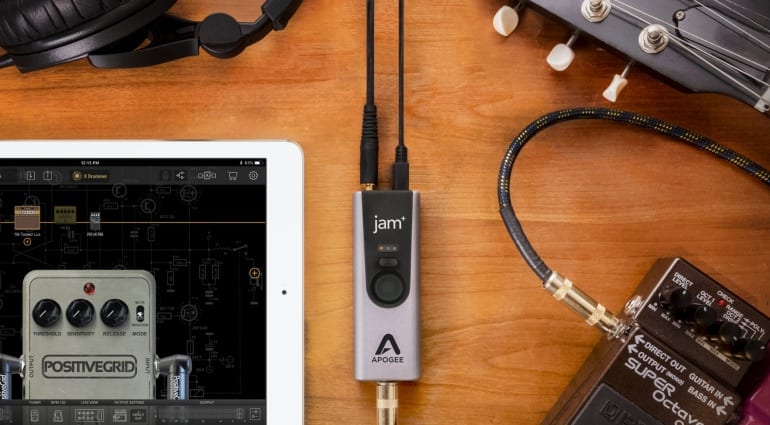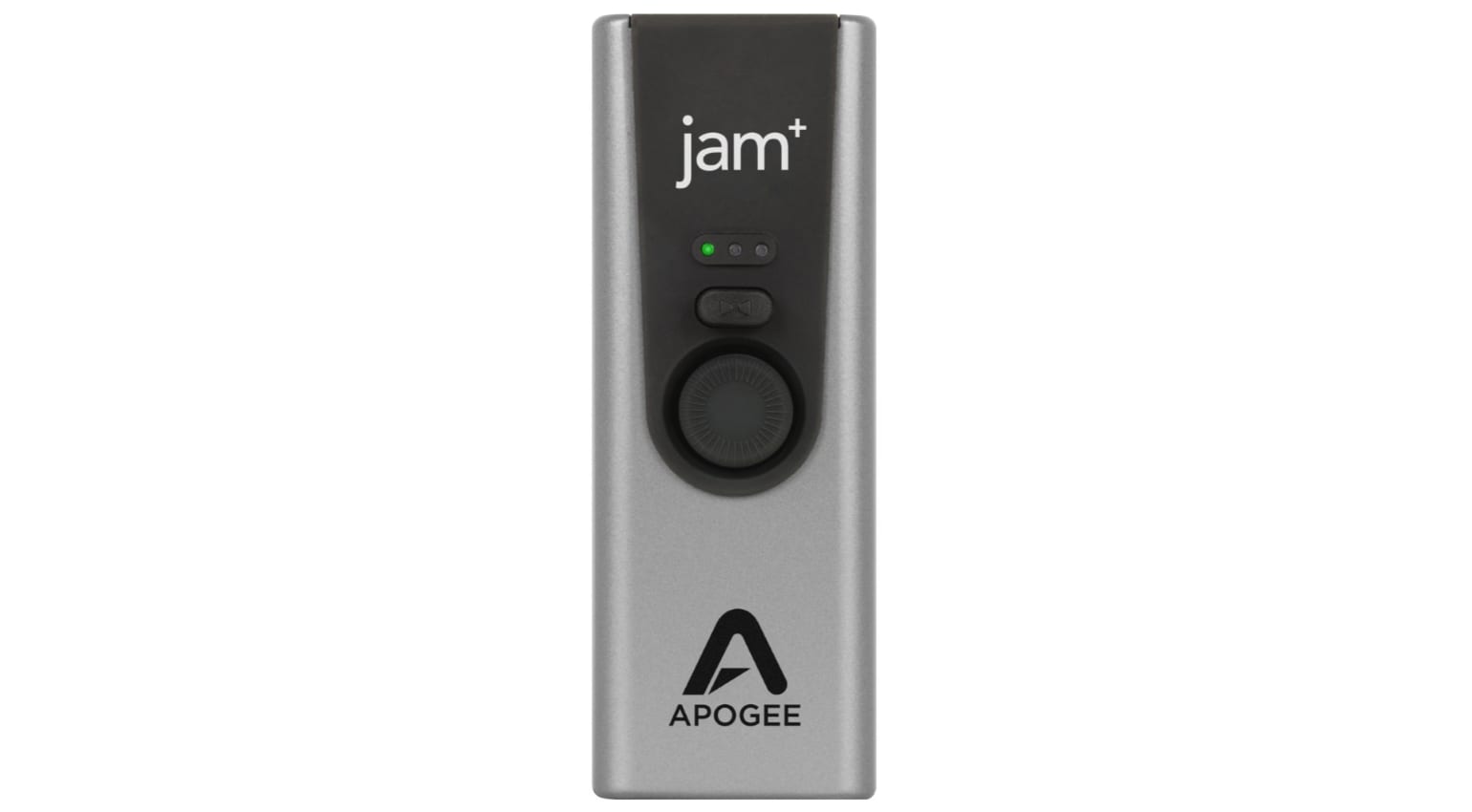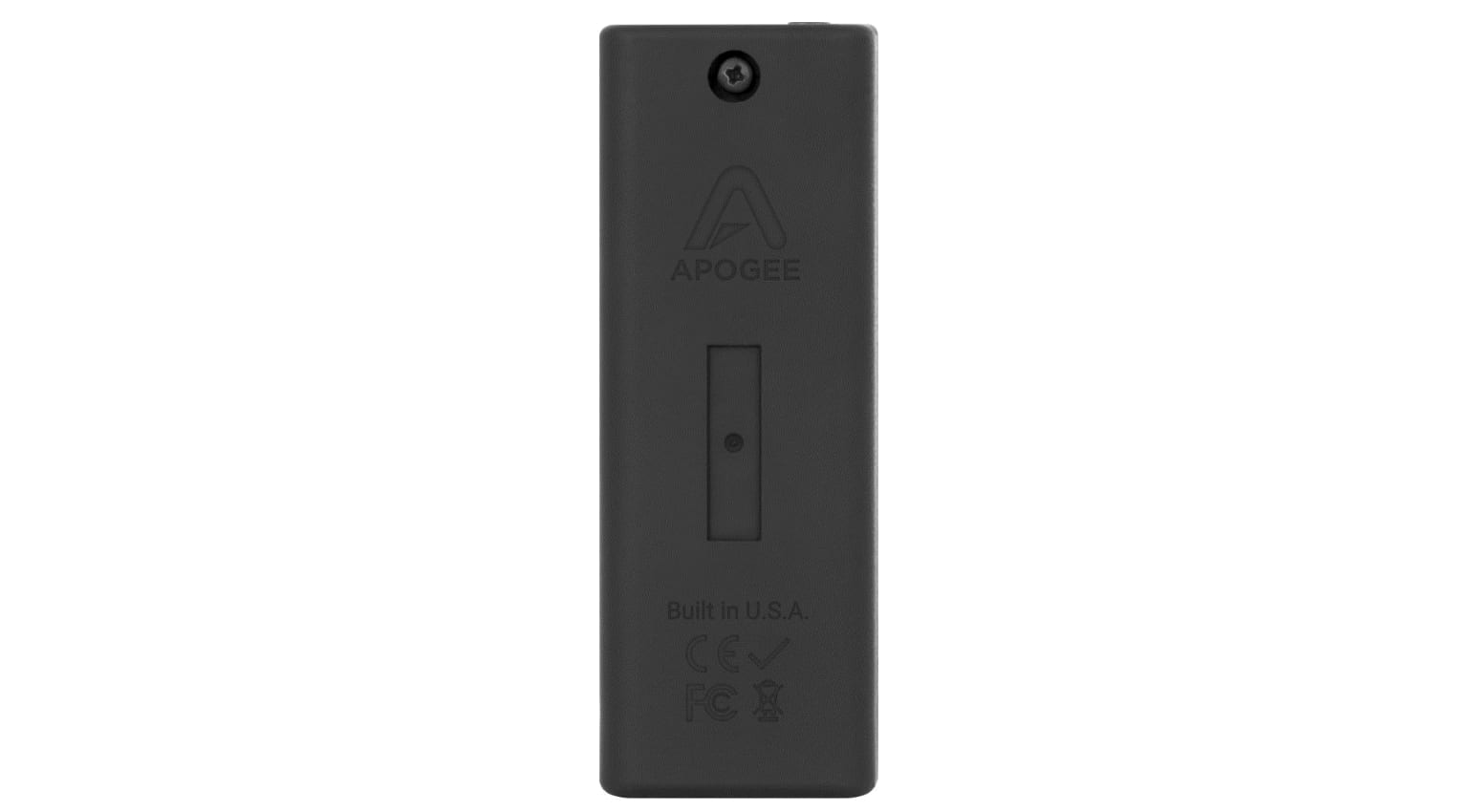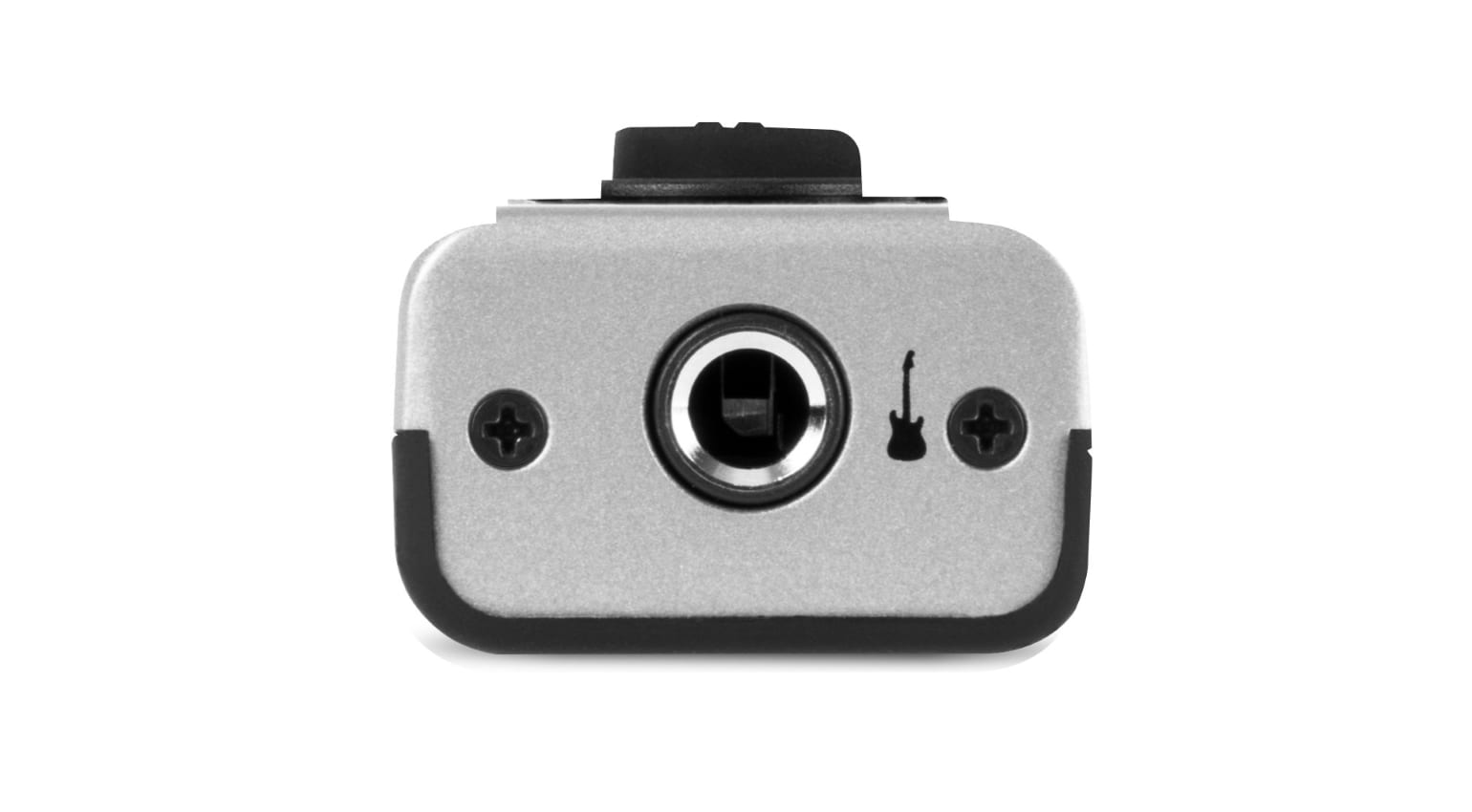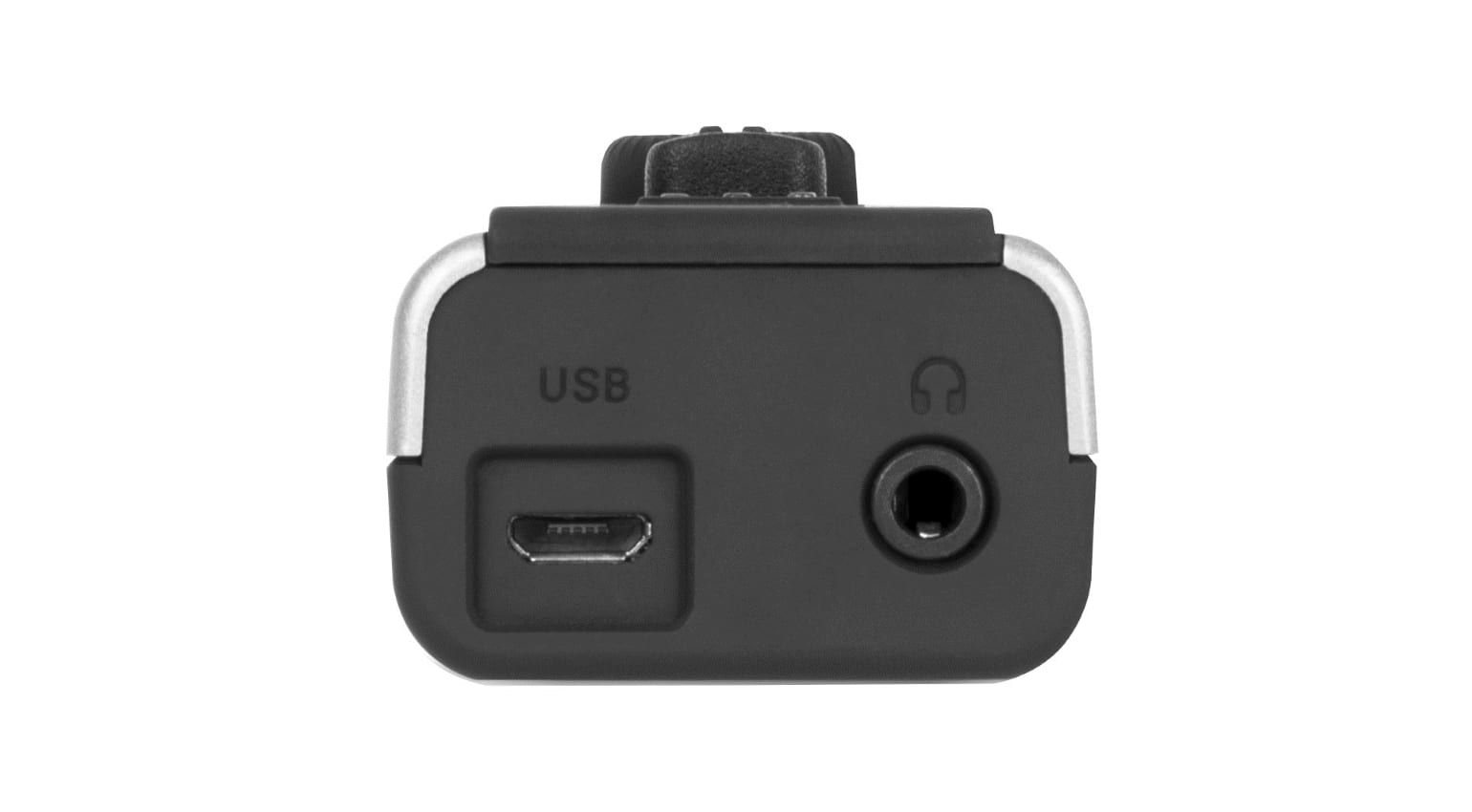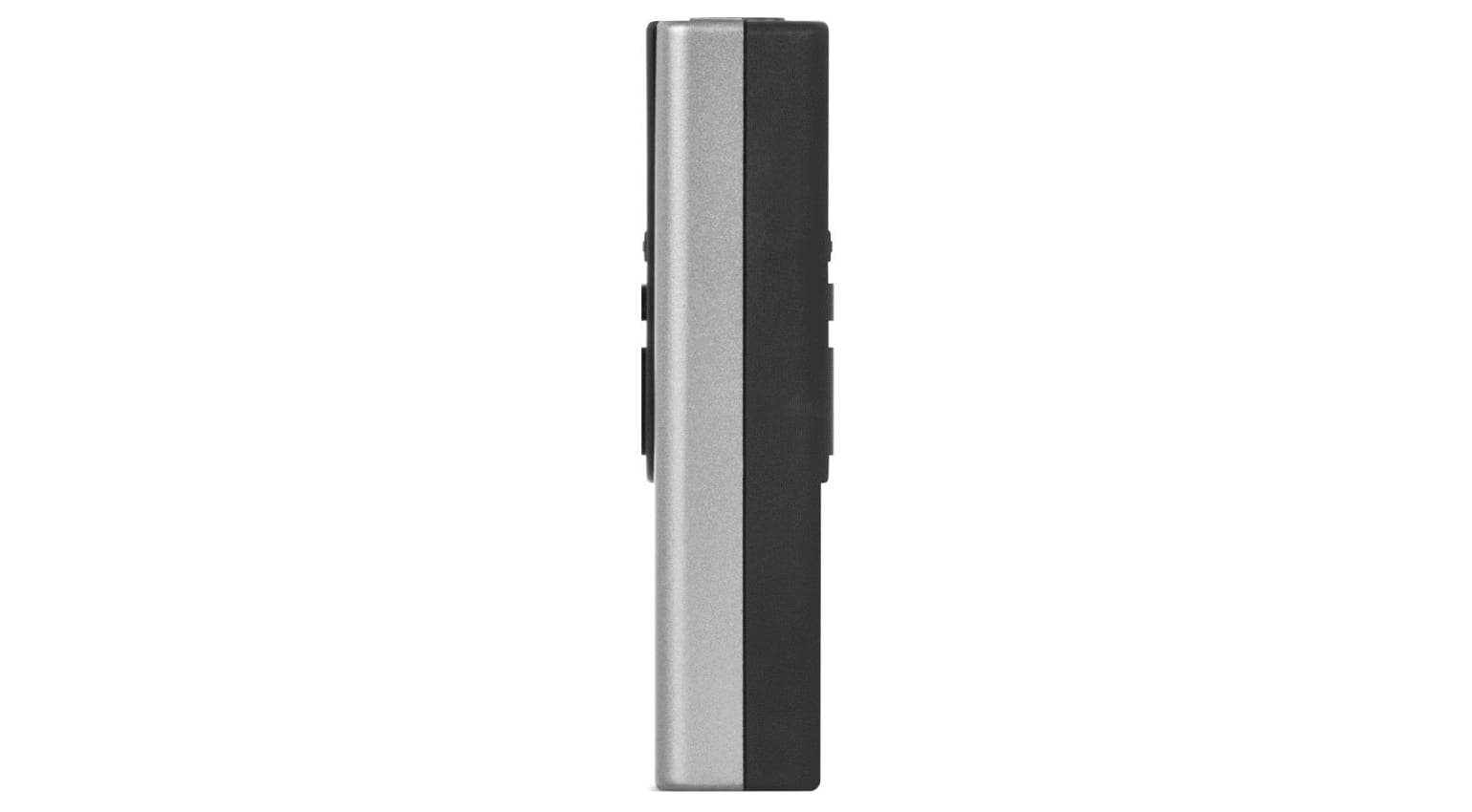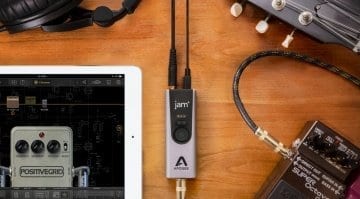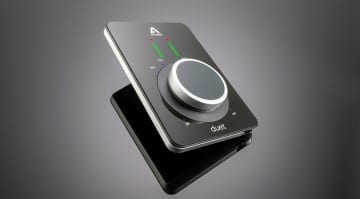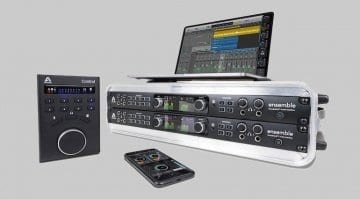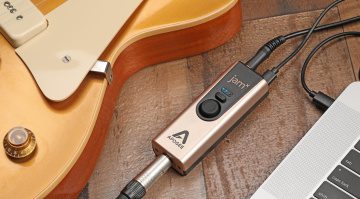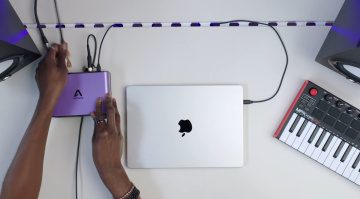Apogee makes Jam+ – a EUR 200 audio interface successor to Jam 96k
Apogee has introduced its new Jam+, an update to its Jam USB audio interface. The new version has both an instrument input and a headphone output and lets you record an electric guitar, bass, keyboard, or any acoustic instrument with pickups directly to an iOS device, PC, or Mac. With an optional adapter, connecting a dynamic microphone is also possible.
The successor to the Apogee Jam guitar interface has new features and a whole new look. There’s an all-new metal chassis with “enhanced PureDIGITAL circuitry” for what Apogee calls “true tone” audio resolution. Jam+ has a headphone output with zero-latency monitoring and two recording modes – Clean and Drive. Drive Mode, says Apogee, models the response of amps and pedals, making simulations sound more realistic.
Jam+ includes an ⅛” stereo headphone output with a Blend function for zero latency monitoring. The Blend setting lets you adjust how much direct instrument input you hear mixed with the software playback so you can dial in the right mix. The interface supports sample rates of up to 96 kHz at up to 24 bits.
As a way of increasing value, Apogee gives owners of Jam+ the BIAS FX Jam bundle by Positive Grid. It includes a selection of 3 amps and 6 pedal effects. No additional software is needed to plug in and play, and the Jam bundle is surely enough to get most guitar players started with the Jam+.
The interface ships with a Lightning cable for iOS devices, as well as Type C and Type A cables: no need to go hunting for the right cable. At 0.11 kg of weight and 10cm in length, the Jam+ retains its portability, too.
- Apogee Jam Plus Front · Source: Apogee
- Apogee Jam Plus Rear · Source: Apogee
- Apogee Jam Plus Bottom · Source: Apogee
- Apogee Jam Plus Top · Source: Apogee
- Apogee Jam Plus Right Side · Source: Apogee
- Apogee Jam Plus Left Side · Source: Apogee
Price and availability
The Apogee Jam+ will be available later in October, with a recommended retail price of EUR 201,11. Apogee sound quality for this price sure sounds good to me, especially given that the Jam+ is a legitimate audio interface which connects to all modern computers and iOS devices. Alas, you can’t run a condenser mic straight into it, but if you get a cheapie preamp like the ART Tube MP and hook it up to the Apogee, you have yourself sorted. Then add a split Y-cable for connecting to a pair of studio monitors from the headphone jack, and presto, you got an Apogee interface for very little money indeed. Very cool!

